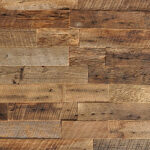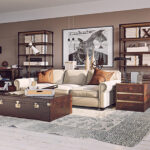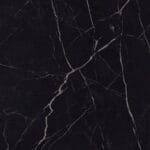Industrial Style: Bare and Exposed, but Polished
This design style celebrates the rough, matured, weathered, unfinished look that is simultaneously cohesive and chic.
Get to know all the design styles to pinpoint your personal favourite










What is the Industrial Design Style
Developed during the early 20th-century wave of converting industrial spaces into residential homes, where brick walls, pipes, steel beams, and unprocessed wood were left exposed to reveal a space’s structure.
Furniture is often minimalist and soft to offset the room’s raw appearance, without layers of cladding and paint to achieve an edgier ambiance that is stylishly unexpected.
Taking style clues from old factories and industrial spaces, structural elements such as supporting beams and pillars become focal points around which everything gravitates to construct a cohesive space.
Typical Colours
The typical industrial colour palette is rich with the raw tones of brown, black, concrete, white, and a gradient of greys, contrasted by light-coloured fabrics and the greens of large and luscious plants.
-
Black
-
White
-
Brown
-
Dark Grey
-
Grey
-
Metallic
Matching Materials
Straight, minimalistic lines characterize the rough environment, running along concrete surfaces, matured natural-wood floors, and expansive windows that blend with the structure’s exposed brick walls and steel beams.
Go to our interactive visualiserColours for Industrial style
410 Aluminous
4043 Primordia
4033 Rugged Concrete
5810 Black Tempal
Suggested Décor
Amidst the industrial mix of unexpected materials, innovative furniture fits in well, where no detail is random and where every bolt or screw contributes to the overall look.

























